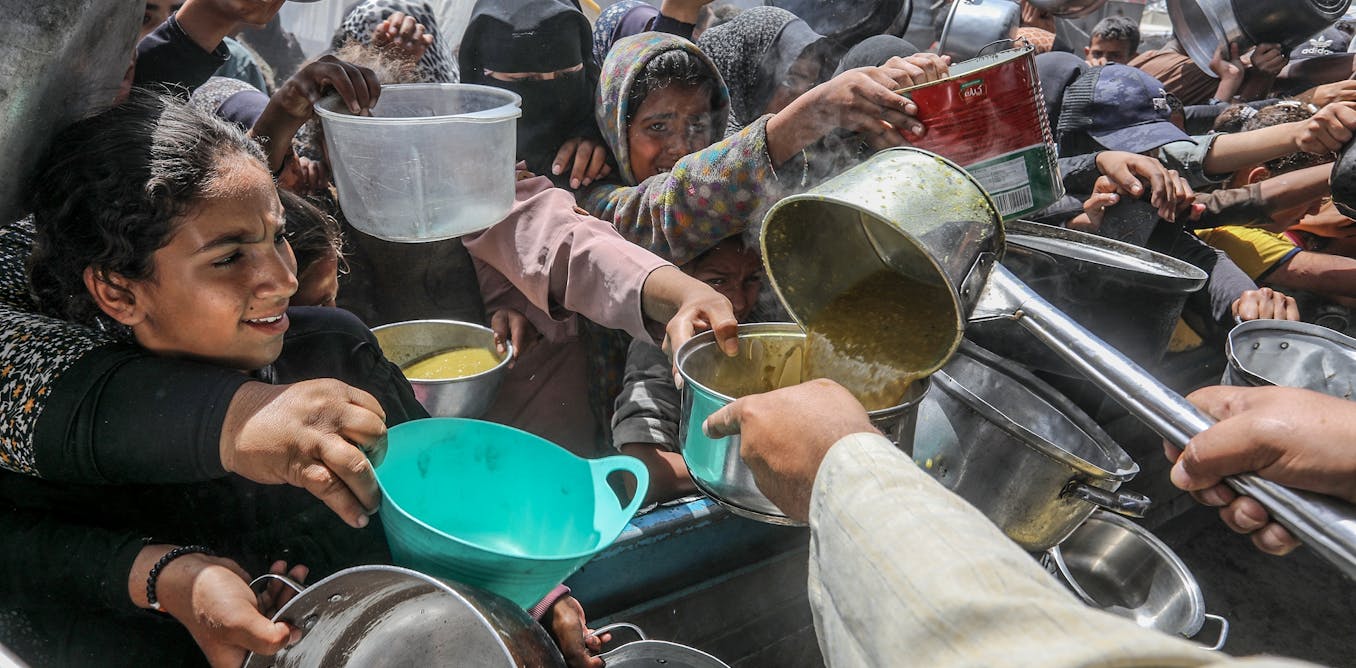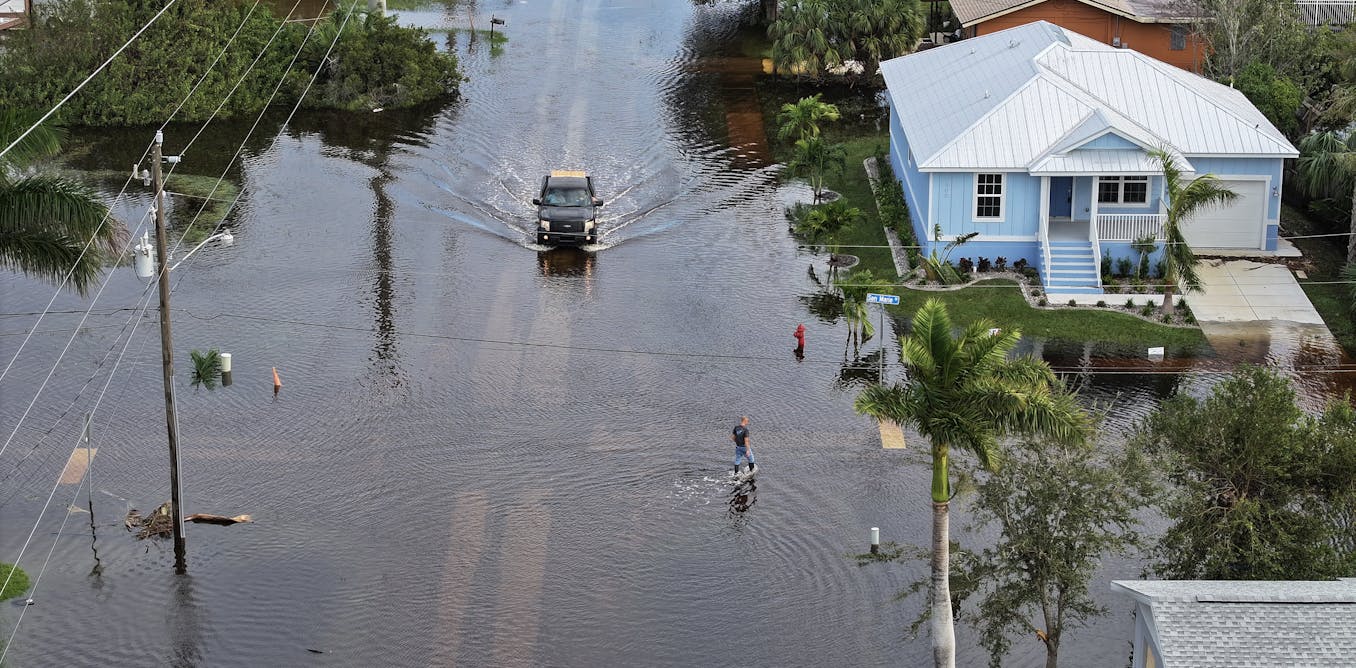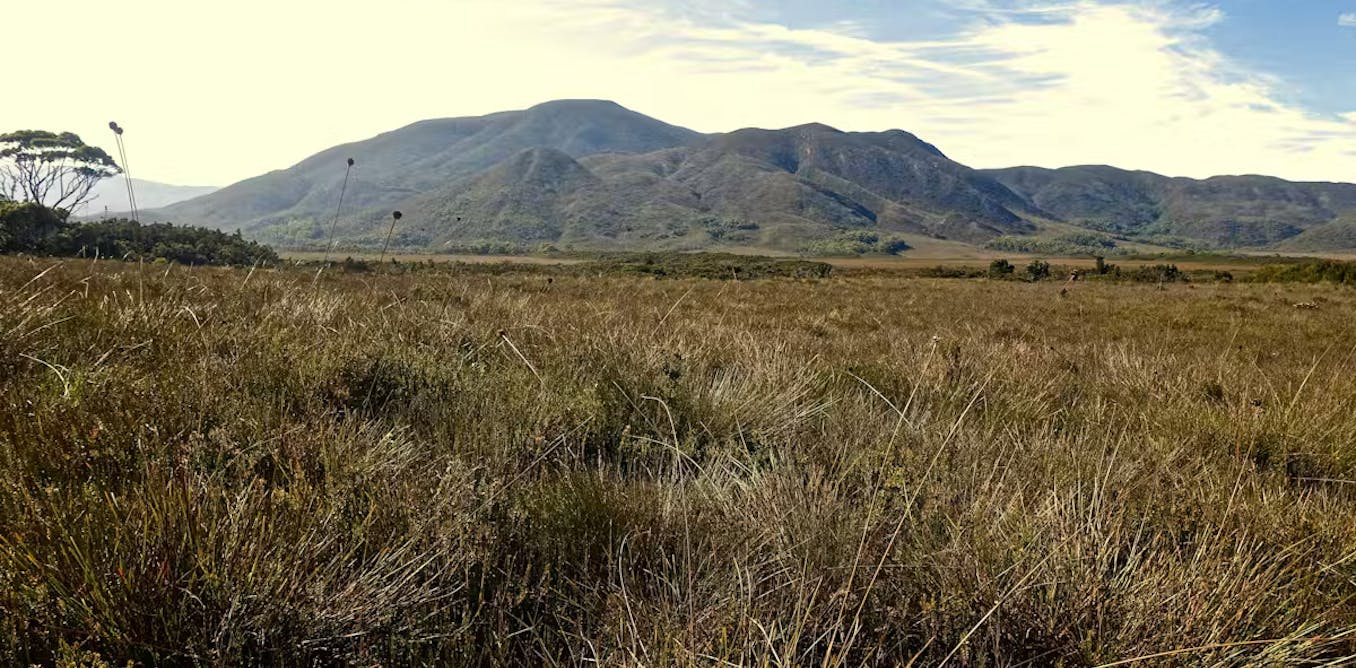On November 12 2025, the UN’s Food and Agriculture Organisation (FAO) and the World Food Programme (WFP) published a joint report that raises alarm bells about the state of global food security. Both agencies warn of a “shrinking
window to prevent millions more people from facing acute food insecurity”.
The report identifies sixteen regions around the world where the risk of severe food crisis is growing. This could lead to major humanitarian emergencies if urgent and coordinated action is not taken.
War blocks food supplies
Armed conflict is the main cause of food shortage in most of the countries mentioned in the report. Prolonged violence, the destruction of arable land, mass displacement and the blocking of humanitarian corridors all drastically reduce access to food.
Sudan is one of the most critical areas; after months of intense fighting, millions of people are trapped in areas where markets have collapsed and aid distribution is virtually impossible. The FAO warns that some regions could soon approach the technical thresholds for famine if the situation cannot be stabilised.
Yemen is in a similar situation, with more than 40% of the population experiencing severe levels of food crisis. The destruction of essential infrastructure and a lack of fuel hinder the arrival of imports, on which most of the country’s diet depends.
In Palestine, the report highlights that chronic instability and restrictions on the movement of essential goods have further reduced food availability, leading to a rapid deterioration in nutritional indicators.
The situation is also worrying in Mali and Burkina Faso, where insecurity and unstable territorial control are causing market disruptions, blockages to agricultural trade and significant losses in crop production.
In Burkina Faso, the poorest households living in conflict-affected areas face “market disruptions and limited humanitarian assistance”, according to the latest food security analysis.
These dynamics can also be observed in Mali, where the same conditions are causing “a rapid deterioration in local food consumption and nutrition levels”. This diagnosis is backed up by data from the Integrated Food Security Phase Classification scale. It placed the proportion of the country’s population suffering from insufficient food consumption at around 52% in September 2025.
Leer más:
Only political will can end world hunger: Food isn’t scarce, but many people can’t access it
Economic shocks entrench vulnerability
The second driver of food insecurity is economic instability, which manifests through rising food prices, the depreciation of local currencies, and increases in the prices of fuel and agricultural supplies.
In Haiti, this situation is exacerbated by violence and the disruption of normal market functioning, which has left millions extremely vulnerable. Around 5.7 million Haitians, over half the country, are already experiencing acute food insecurity, and this figure continues to rise.
Similar circumstances can be observed in Myanmar and Ethiopia, where currency devaluation and the disruption of economic activities have pushed up the price of basic foodstuffs. This has drastically reduced households’ purchasing power.
The climate crisis’ central role
The third major factor is climate change. No longer limited to isolated incidents, the climate is now a structural driver of vulnerability, with prolonged droughts, flash floods, cyclones and heat waves repeatedly affecting regions where agriculture depends heavily on seasonal rainfall.
The Horn of Africa is the clearest example. After five consecutive seasons of failed rains, millions of herders and farmers have lost their livestock and crops, leading to mass displacement and a dramatic increase in dependence on nutritional programmes.
The WFP report emphasises that these phenomena, intensified by El Niño-related variations, will happen again. In countries such as South Sudan, Somalia and Ethiopia, extreme rainfall following droughts frequently destroys basic infrastructure, devastates crops and contaminates essential water sources.
Vanishing humanitarian aid
The fourth factor, and one of the most crucial to understanding the magnitude of the problem, is the enormous shortfall in humanitarian funding. The WFP has warned that the funds available this year could be around $6.4 billion: far less than what is needed to sustain its global operations and well below previous levels. This will force it to cut rations, suspend nutritional programmes, and strictly prioritise the most vulnerable beneficiaries.
These cuts have direct consequences. In areas where conflict prevents access to food and local markets have collapsed, humanitarian aid is the only source of sustenance. If funding remains insufficient, millions of people will be at risk of rapidly moving from a crisis situation to a severe food emergency, or even conditions close to famine.
The WFP itself has pointed out that a lack of resources is seriously compromising its ability to anticipate seasonal or climate-related hunger spikes, limiting its scope for action in some of the planet’s most vulnerable areas.
Leer más:
USAID’s freeze has thrust the entire global aid system into uncertainty
A question of global stability
The FAO-WFP report demonstrates that food is not just a domestic issue or a matter of individual habits. Food insecurity is both a symptom and a cause of instability, with impacts on public health, local economies and migratory movements.
The interdependence of global markets means that food crises in the sixteen identified hunger hotspots will have repercussions far beyond their immediate surroundings, creating additional tensions in importing countries and vulnerable economies.
Despite its cautionary tone, the report concludes that it is still possible to avert the massive deterioration predicted for 2026. It points out that investing in livelihoods, resilience and social protection before hunger reaches its peak would be “a smart investment in long-term peace and stability”.
It also stresses that agricultural support – in areas such as seeds, livestock health and early action – is essential to stabilising food production and reducing dependence on emergency aid. At the same time, it warns that lack of funding and blocks to humanitarian access are seriously compromising the ability to act in time, and that ignoring this window of opportunity will have an incalculable human cost.
A weekly e-mail in English featuring expertise from scholars and researchers. It provides an introduction to the diversity of research coming out of the continent and considers some of the key issues facing European countries. Get the newsletter!
![]()
José Miguel Soriano del Castillo no recibe salario, ni ejerce labores de consultoría, ni posee acciones, ni recibe financiación de ninguna compañía u organización que pueda obtener beneficio de este artículo, y ha declarado carecer de vínculos relevantes más allá del cargo académico citado.

The post “Food insecurity is on the rise: a look at the world’s ‘hunger hotspots’” by José Miguel Soriano del Castillo, Catedrático de Nutrición y Bromatología del Departamento de Medicina Preventiva y Salud Pública, Universitat de València was published on 11/26/2025 by theconversation.com







































Leave a Reply